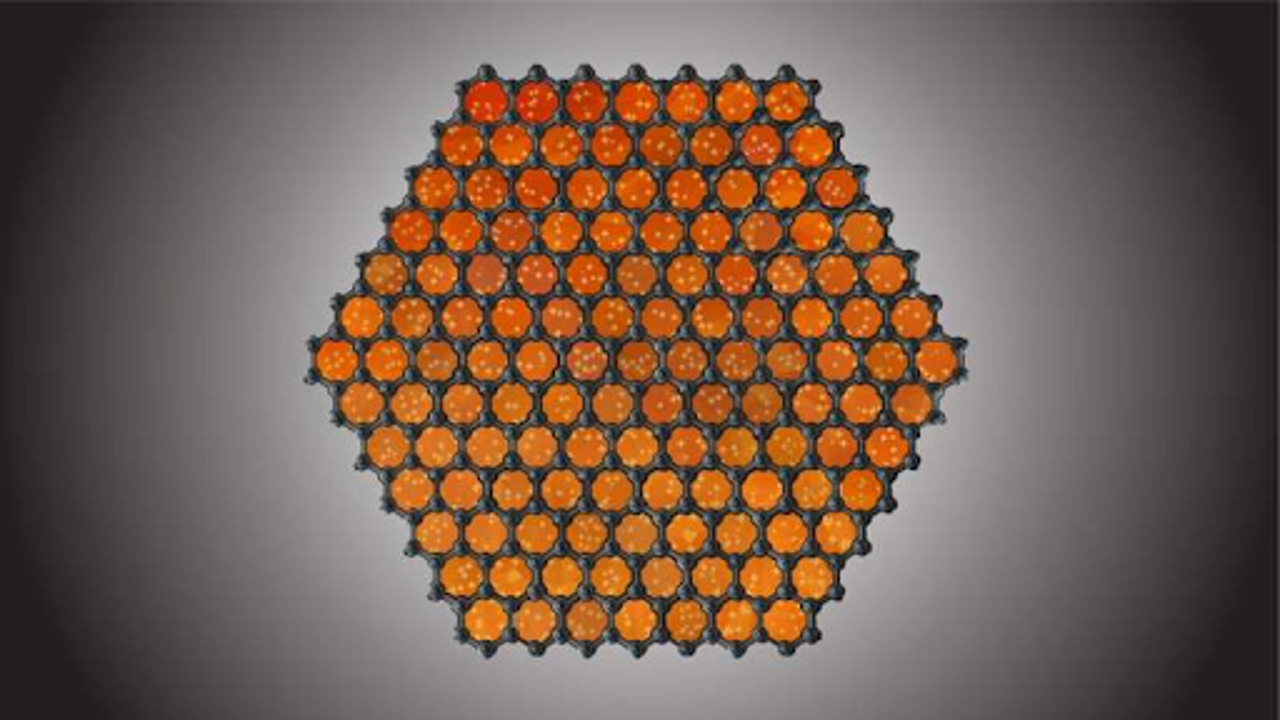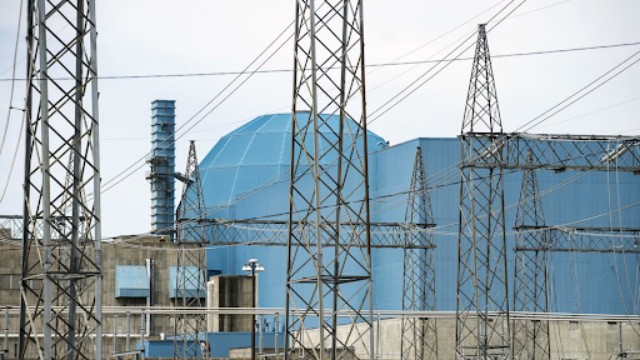
The Hone lab at Columbia Engineering created over 100 identical graphene samples with their oxygen-free chemical vapor deposition method. Credit: Jacob Amontree & Christian Cupo, Columbia University
Engineers have developed a method to produce high-quality graphene without the presence of oxygen, addressing a longstanding issue in graphene production. This new approach, called oxygen-free chemical vapor deposition (OF-CVD), was pioneered by researchers at Columbia University, the University of Montreal, and the National Institute of Standards and Technology (NIST).
Graphene, a single layer of carbon atoms arranged in a honeycomb lattice, has garnered attention for its exceptional properties, including high electrical conductivity and mechanical strength. However, traditional methods of graphene synthesis, such as the "scotch-tape" method and chemical vapor deposition (CVD), have been hindered by the presence of oxygen impurities, which adversely affect the quality and reproducibility of graphene samples.
In their study published in the journal Nature, the researchers demonstrate how trace amounts of oxygen impact the growth of graphene and establish a clear link between oxygen levels and graphene quality. By eliminating oxygen from the growth process, the team achieved reproducible synthesis of high-quality graphene, marking a significant advancement towards large-scale production.
The "scotch-tape" method, used primarily in laboratory settings, involves manually peeling graphene layers from graphite using adhesive tape. While this method yields pristine graphene samples, it is limited in scalability and impractical for industrial applications.
To overcome this limitation, researchers turned to CVD, a technique capable of producing large-area graphene films. In CVD, a carbon-containing gas, such as methane, is passed over a heated copper surface, causing the carbon atoms to rearrange and form graphene. Despite its potential for scalability, CVD-synthesized graphene has been plagued by issues of reproducibility and variable quality, largely due to the presence of oxygen impurities.
To address this challenge, the research team developed the OF-CVD method, which allows precise control over oxygen levels during graphene synthesis. By carefully regulating the amount of oxygen introduced into the deposition process, the researchers were able to significantly enhance the growth rate and quality of graphene.
Key to the success of OF-CVD was the elimination of trace oxygen, which had been shown in previous studies to impede graphene growth and degrade its quality. By removing oxygen from the growth environment, the researchers achieved consistent and reproducible synthesis of high-quality graphene samples.
The quality of the OF-CVD-grown graphene was comparable to that of graphene produced by the "scotch-tape" method, demonstrating its potential for practical applications. Additionally, the researchers observed evidence of the fractional quantum Hall effect—a quantum phenomenon—in the OF-CVD-grown graphene, further highlighting its exceptional properties.
Moving forward, the research team aims to develop methods for transferring OF-CVD-grown graphene onto other substrates, such as silicon, to facilitate its integration into various devices and applications. Overall, this study represents a significant step towards realizing the full potential of graphene as a transformative material in electronics, energy storage, sensors, and biomedical devices.















